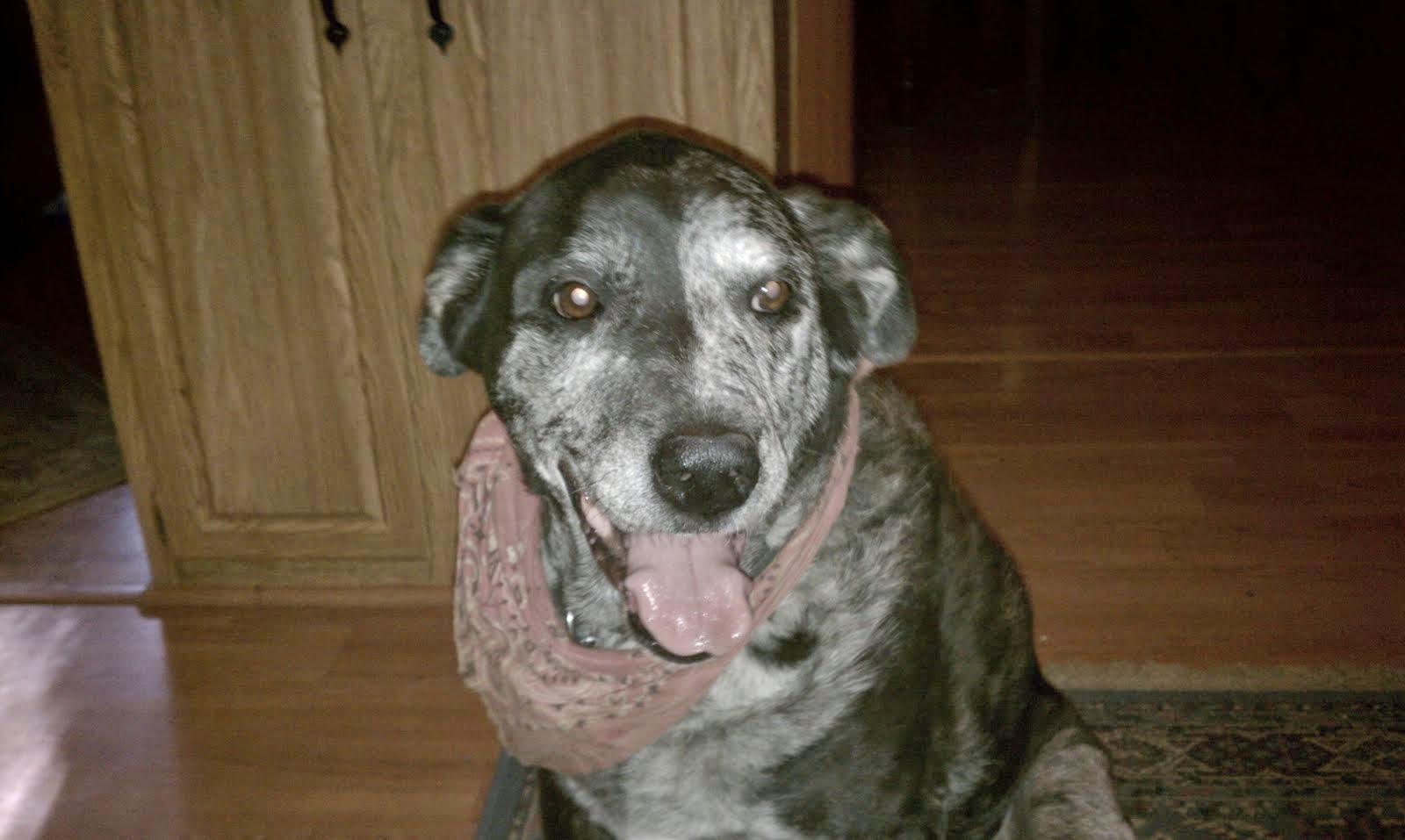Why are commercial diets so poor?
Here are some of the reasons:
1. Cost
- Even premium diets cost about 2 dollars a pound. When we factor in manufacturing, marketing, shipping, packaging, and markup costs for the manufacturer, the wholesaler, and the retailer, the true cost of the basic ingredients is more likely 10-50 cents per pound.
- Reflect on what type of raw ingredients can be purchased for this price.
- Commercial diets are primarily conceived and developed to minimize costs, not maximize nutrition.
- To keep the cost so low, commercial diets have foods in them that have been rejected for human consumption. Even those that refrain from using condemned foods must resort to including foods that are far worse than what people would demand for themselves.
2. Diets are made to meet minimal standards, not optimal standards.
- Again, due to cost considerations, essential fats, complex carbohydrates, and high-quality digestible proteins are kept to a minimum in the diet.
- Healthy animals can survive on these diets, but over time, there is a price to be paid in deteriorating health and a more rapid aging process for your canine companion.
- Sick animals, and those with a more fragile constitution, require high quality, optimal diets.
3. Over-processing (i.e., high temperature cooking under pressure) is used to make indigestible foods digestible.
- Food processing plants have known for a very long time that if one wants to feed a food item that is essentially indigestible, the way to do this is to cook the product so excessively that it turns into a soup. Then, by adding grains (again, after extreme cooking methods), one can cook the product once more and turn it into a hard biscuit or kibble.
- Unfortunately, all of the complex compounds we already mentioned as being so essential have disappeared.
- Vitamins are also gone, so the commercial food industry will then spray vitamins mixed with oils (which have likewise been destroyed) onto the resulting hard kibble at the end of the processing. The vitamins are often synthetic, and the minerals are often poorly digestible at best. An example is zinc oxide and ferrous oxide, forms of zinc and iron supplementation that are often preferred by the food industry because they are so cheap (they are, in reality, rust). But they are very poorly absorbed, making them almost useless to the body.
4. "Garbage in garbage out," a long-standing truism in the computer world, is just as true in diets: poor quality foods can't become good quality foods, no matter what one tries to do with them.
- To the degree possible, diets should start with the highest quality, most digestible and wholesome food possible, instead of starting with the worst foods and trying to improve them with synthetic vitamins and false claims of being "nutritionally complete".
- This is called the food's "Biological Value".
Labels and Labeling Requirements
All regulations that control the labels on dog foods are created by AAFCO. AAFCO, as has already been stated, is a group controlled by commercial animal food manufacturers. It is not surprising to find that there are enough loopholes in labeling requirements to make it completely impossible to know what is in a diet, let alone the quality of the diet. Any manufacturer who wishes can create the marketing image that their product is a "premium diet".
In fact, most of these premium diets are, at best, only marginally better than the average diet, and many of them are conceived entirely as a marketing ploy to sell an average diet with a higher markup, creating higher profit margins.
One example of how easy it is to use subterfuge to create an image of wholesomeness, or using a term popular in the industry, "natural", is in the use of preservatives. Many companies will use standard preservatives such as ethoxyquin; yet not mention this in the ingredient list. This is possible if the company adds the preservatives themselves instead of buying a product that already includes them as a preservative. Making the situation even worse is that it is common to then say on the package, "preserved naturally with Vitamin E". This statement naturally implies that no other chemical preservative is in the product, when in fact the company can make this claim by simply adding a little extra Vitamin E than is required by AAFCO to meet minimal needs. The ethoxyquin can then be purchased in a product such as chicken fat that contains ethoxyquin, and thus that information never needs to be placed on the label!
